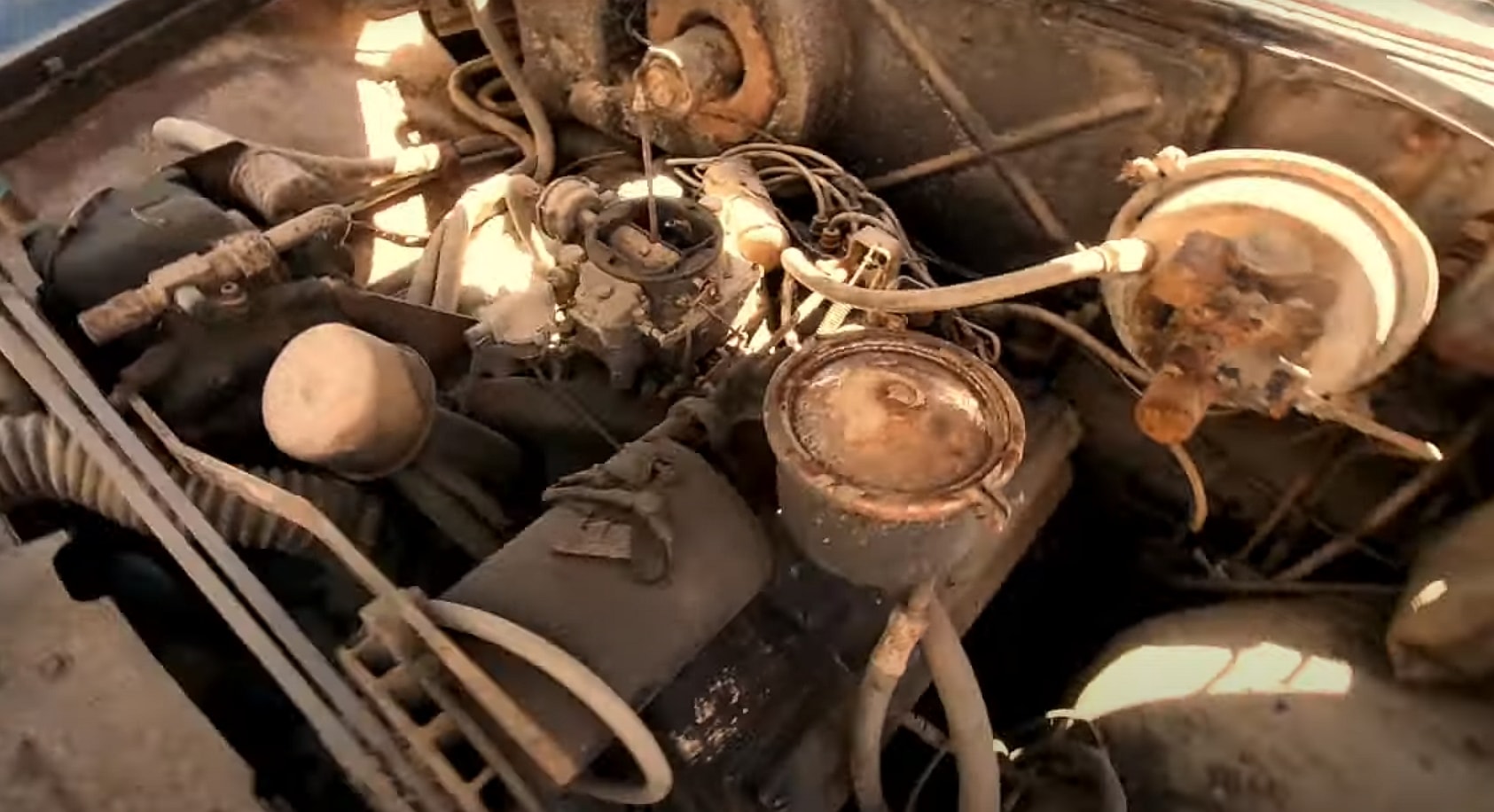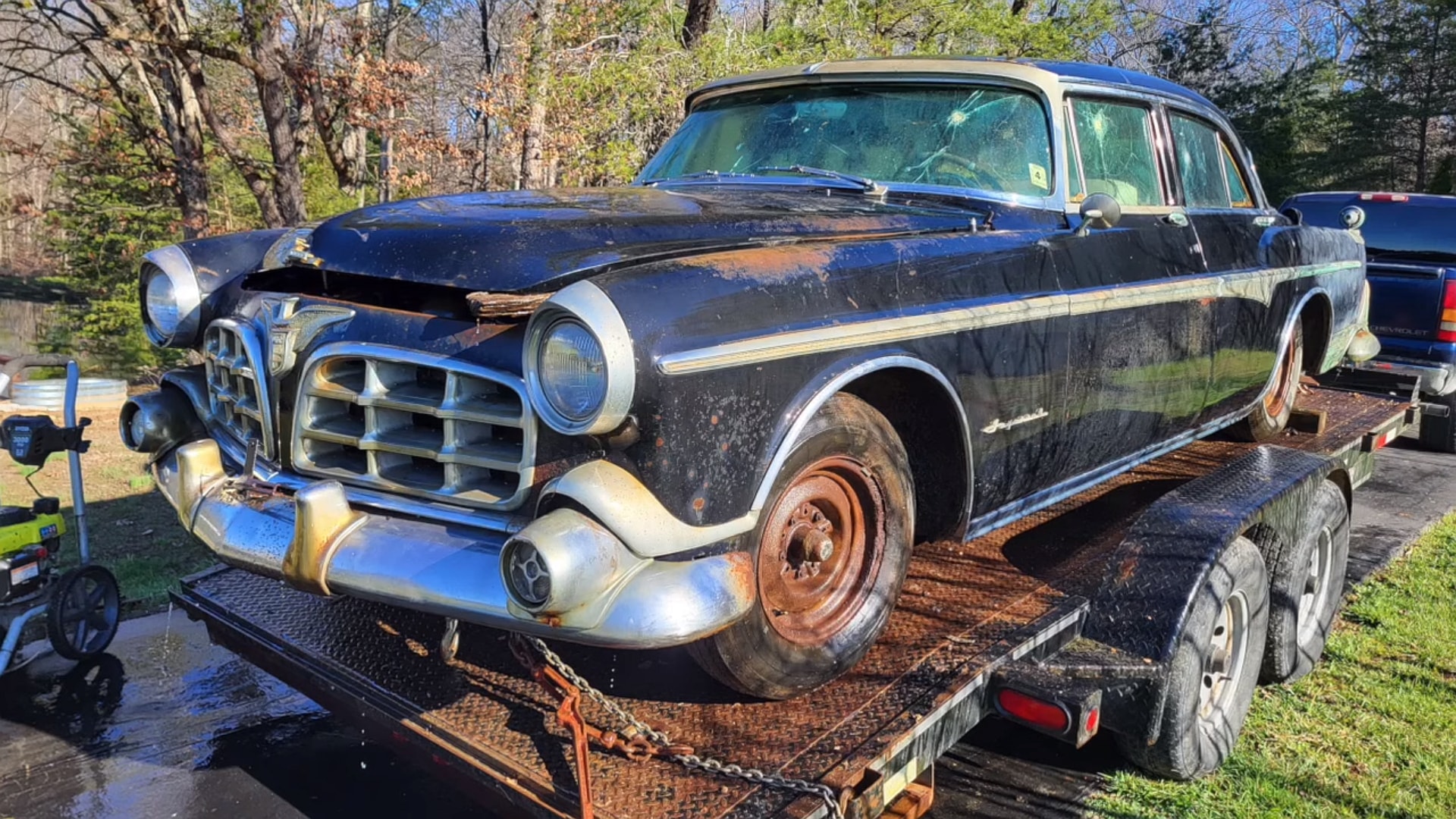Chrysler’s automotive legacy is marked by the discontinuation of several iconic nameplates, including Plymouth, DeSoto, Imperial, Valiant, and Eagle, reflecting the brand’s evolution over time.
Of these, Imperial holds a special place in automotive history, having produced some of the most luxurious cars in the United States. Originating in 1926 as Chrysler Corporation’s flagship model, Imperial competed with esteemed brands like Cadillac and Lincoln, establishing itself as a symbol of luxury and refinement.

Despite its discontinuation in 1975, Imperial’s legacy endured through various Chrysler platforms, with notable contributions to limousine and presidential vehicle production. Attempts to revive the division from 1981 to 1983 yielded mixed results, with limited success in capturing the essence of its predecessor.
Today, Imperial remains a coveted marque among collectors and enthusiasts, with surviving examples cherished for their elegance and craftsmanship. One such example is a 1955 Imperial sedan, boasting Virgil Exner’s renowned design language and a rich history of ownership.
While parked since 1974, this Imperial retains its original V8 engine and showcases minimal rust damage, presenting a promising opportunity for restoration. Despite its decades-long hiatus, the Imperial’s timeless design and engineering excellence ensures its enduring appeal among automotive enthusiasts.

